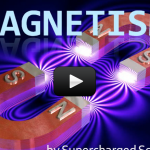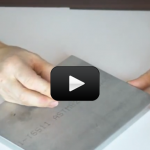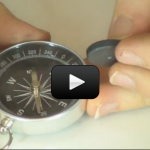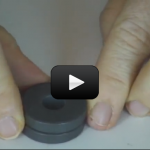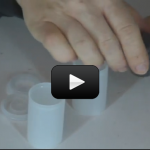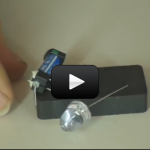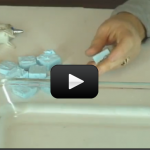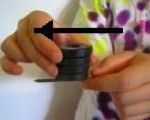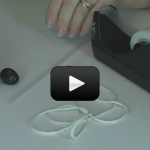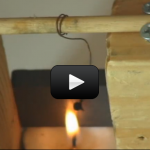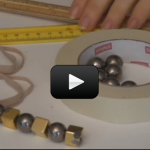What IS magnetism, anyway? You can feel how two north sides of a magnet push against each other, but what IS that invisible force, and why is it there? And how come magnets stick to the fridge and not a soda can? We’ll about to dive deep into the mysterious world of magnetism. Although scientists are still trying to puzzle out some of its secrets, I’m going to get you up to speed on what they do know today. Are you ready?
Why do magnets stick together? And why does breaking one in half create a new set of poles? We're going to explore these and other weird things about magnets. Are you ready? This video will get you started on the right foot for your study into with oddball world of magnets as you detected the earth's magnetic pulse, discover magnetic levitation, uncover weird eddy currents that counteract gravity, and discover how a grape is magnetic. Let's get started:
Why do magnets stick together? And why does breaking one in half create a new set of poles? We're going to explore these and other weird things about magnets. Are you ready? This video will get you started on the right foot for your study into with oddball world of magnets as you detected the earth's magnetic pulse, discover magnetic levitation, uncover weird eddy currents that counteract gravity, and discover how a grape is magnetic. Let's get started:

